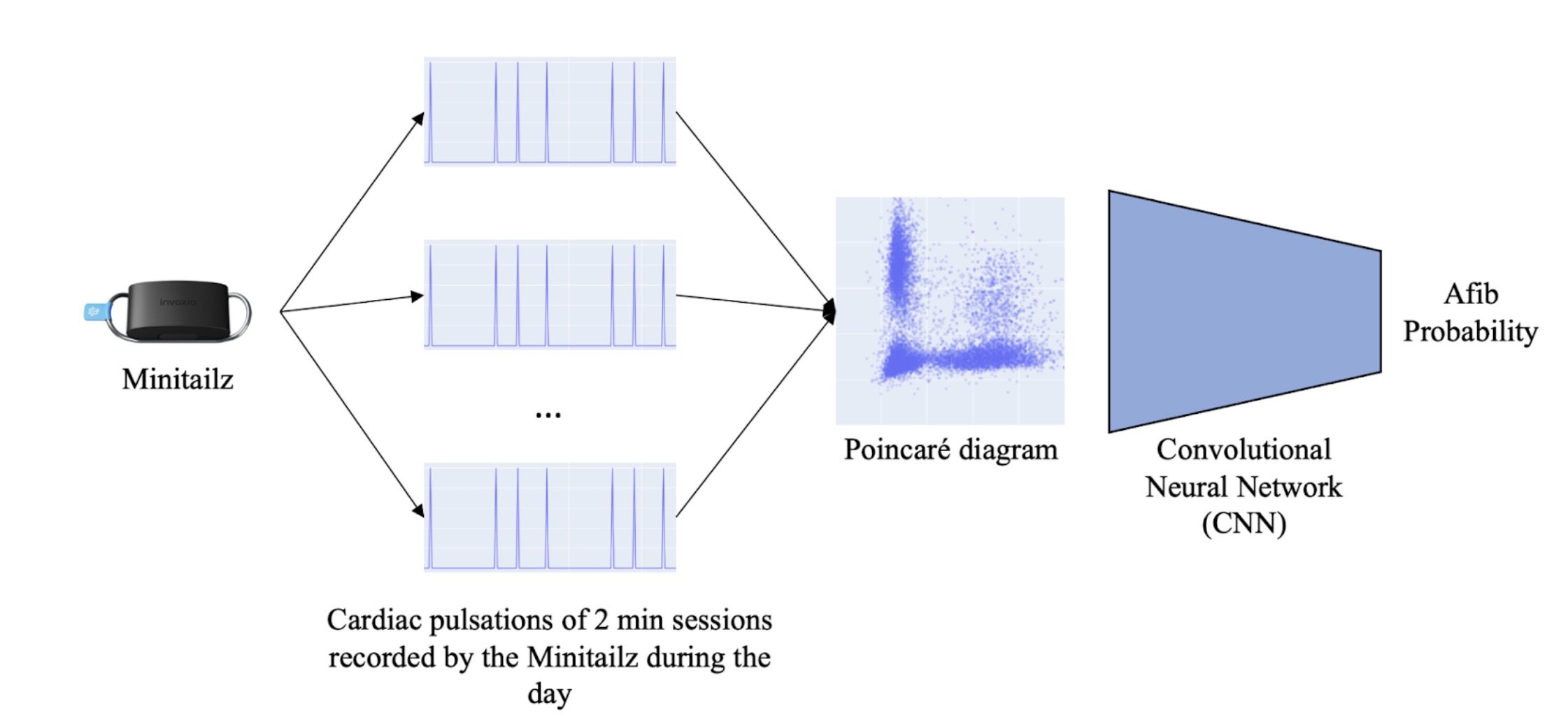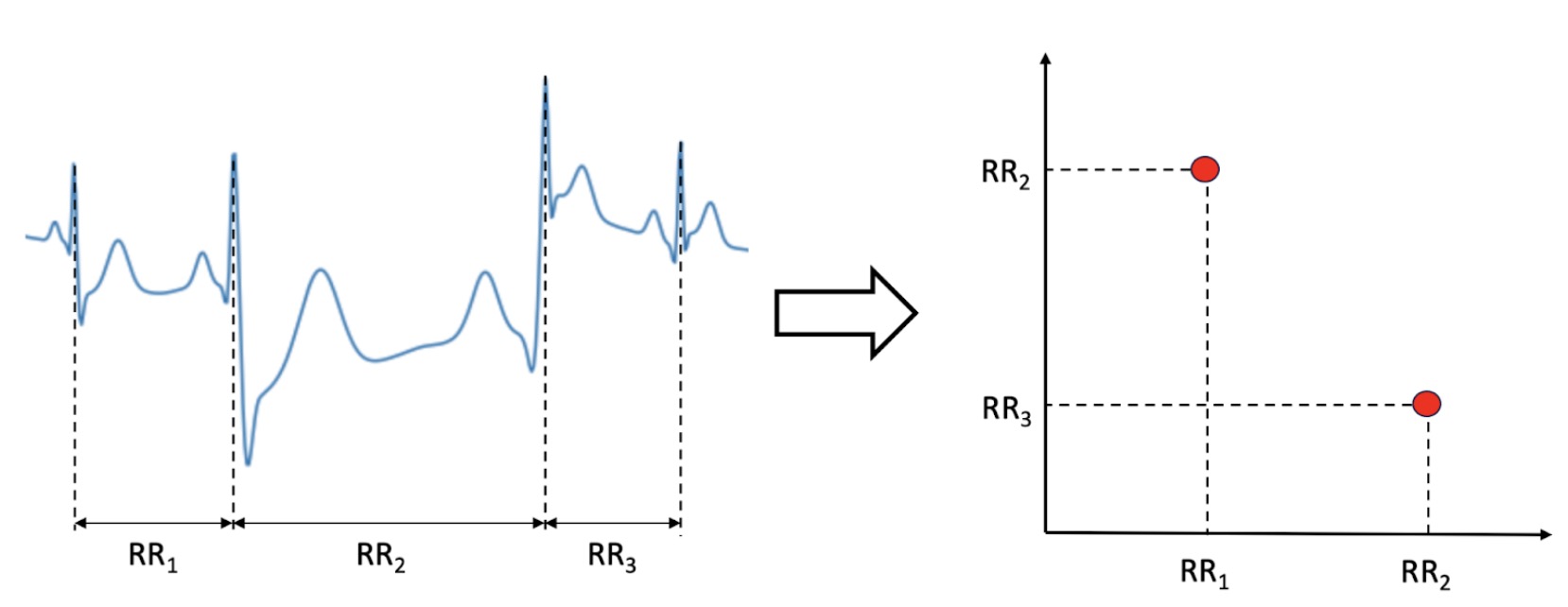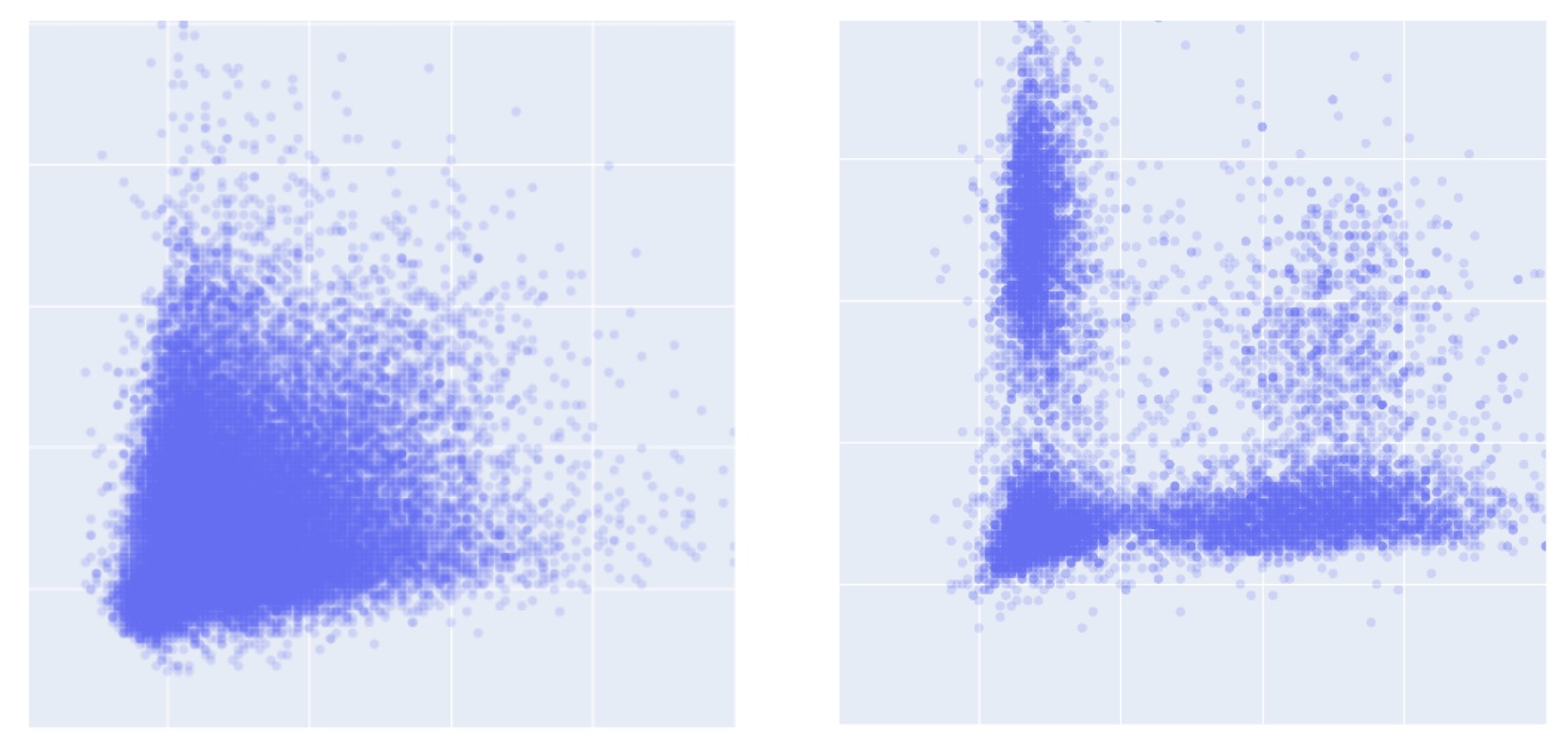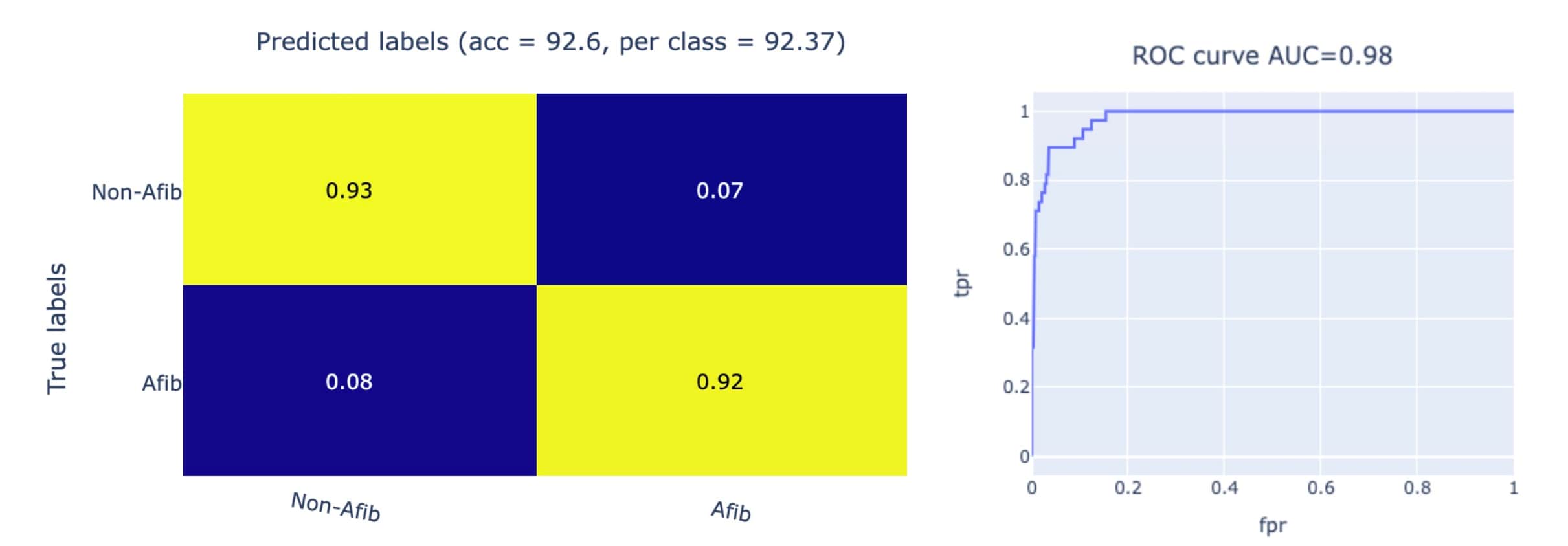At Invoxia, we continuously push the boundaries of pet health technology. We are thrilled to announce a significant enhancement to our dog health and activity tracker, Minitailz. Last month, we released an improved algorithm for our unique atrial fibrillation (AF) risk estimation feature, making it even more accurate and reliable.
Why Detecting Atrial Fibrillation in Dogs is Important #
Atrial fibrillation is a serious heart condition that can affect our canine companions. Early detection is crucial for managing the condition and improving outcomes. However, traditional diagnosis can be delayed because it involves an ECG that’s usually performed at the veterinarian’s office or clinic.
The Advantage of the Minitailz Smart Collar #
Our Minitailz smart collar offers a revolutionary solution:
- Non-invasive: It’s a small device attached to the collar that your dog wears.
- Extensive: Delivers full heart rate monitoring outside of a vet hospital
- Continuous monitoring: The collar works all day, collecting data when your dog is at rest.
How It Works #

The Minitailz collar uses advanced motion sensors and AI to detect your dog’s heartbeats. Here’s a simplified explanation of the process:
- The collar collects short measurements throughout the day.
- Our AI extracts the timing of heartbeats from these measurements.
- The data is transformed into a special graph called a Poincaré plot.
- A sophisticated neural network analyzes this graph to estimate the likelihood of AF.
The Power of Poincaré Plots for Canine Heart Health #

A Poincaré plot is a scatter plot where each point represents a pair of consecutive heartbeats. Specifically, each point on the graph is defined by two successive R-R intervals (the time between two consecutive R-wave peaks on an ECG), with the x-axis representing interval RR(n) and the y-axis representing the next interval RR(n+1).
Poincaré plots are a clever way to visualize heart rhythms. They can reveal the difference between a healthy heart rhythm and one affected by AF:

- Left: A typical AF pattern, showing more randomness in heart rhythms.
- Right: A plot of a healthy dog, displaying normal variation (sinus arrhythmia).
Promising Results for Atrial Fibrillation Detection in Dogs #
Our latest algorithm update has significantly improved the accuracy of AF detection:
- 92.4% overall accuracy
- 92.1% sensitivity (ability to correctly identify AF)
- 92.6% specificity (ability to correctly identify non-AF cases)

These results are promising, especially considering this is one of the first applications of this technology for dogs. While direct comparisons are difficult, the accuracy is comparable to some methods used for AF detection in humans.
What This Means for Dog Owners #
With Minitailz’s AF risk estimator:
- You can continuously monitor your dog’s heart health.
- Potential issues can be detected early, allowing timely veterinary intervention.
- It provides peace of mind, especially for breeds prone to heart conditions.
A Unique Feature in the Pet Tech Market #
As of January 2024, Minitailz’s AF risk estimator remains a unique feature in the pet tech market. It exemplifies our commitment to bringing cutting-edge technology to the health of our furry friends.
Looking Ahead #
We are excited about this update and its potential to improve canine health outcomes. As always, we recommend consulting your veterinarian for any health concerns. The Minitailz collar is a powerful tool to support your dog’s health, complementing professional veterinary care.
While the Minitailz is not a substitute for diagnosing and monitoring atrial fibrillation, we are evaluating its potential role in improving early detection and augmenting medical management. – Weihow Hsue, DVM, DACVIM (Cardiology), Assistant Professor, Cornell University College of Veterinary Medicine
Stay tuned for more innovations from Invoxia as we continue to enhance the Minitailz experience for you and your canine companion!

